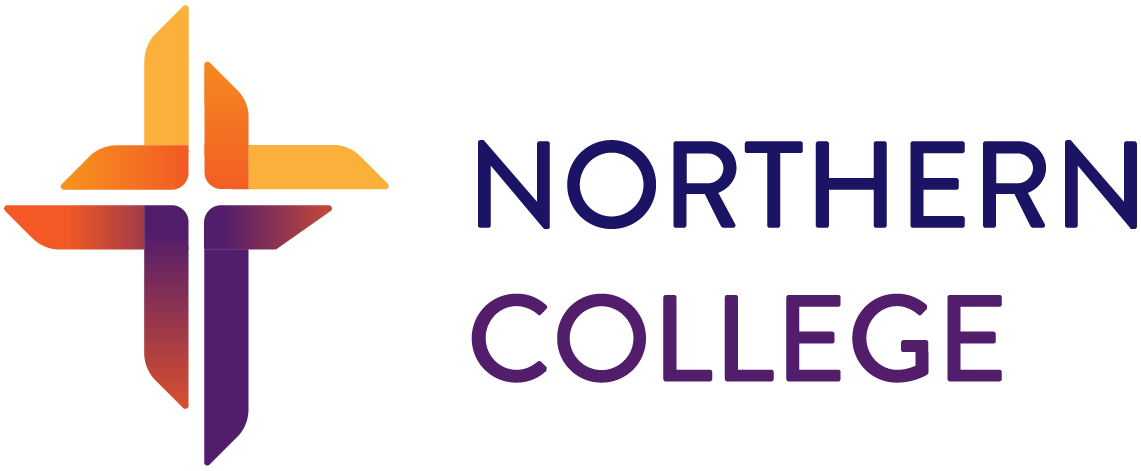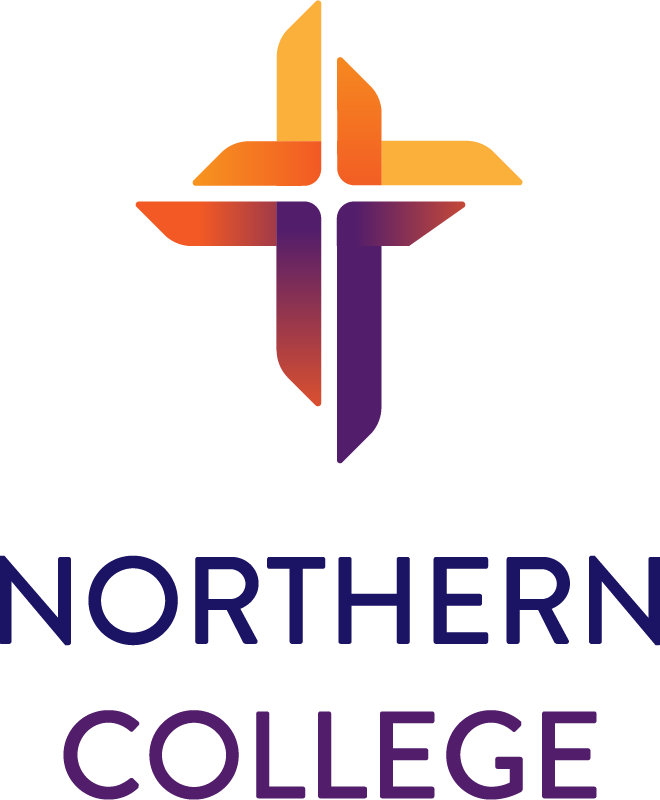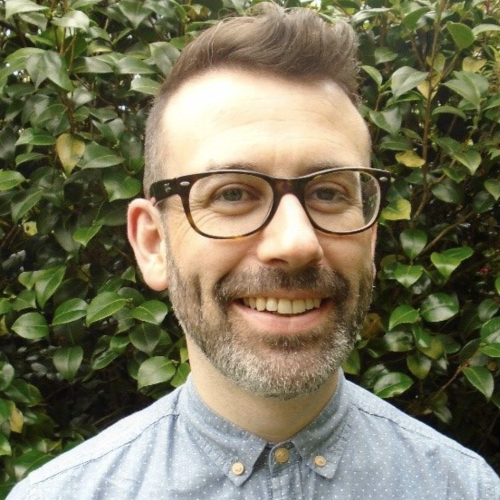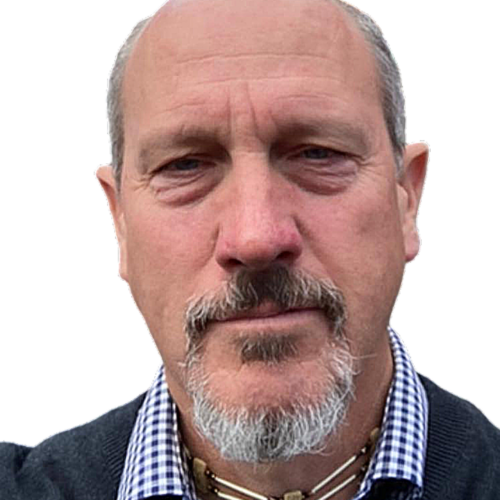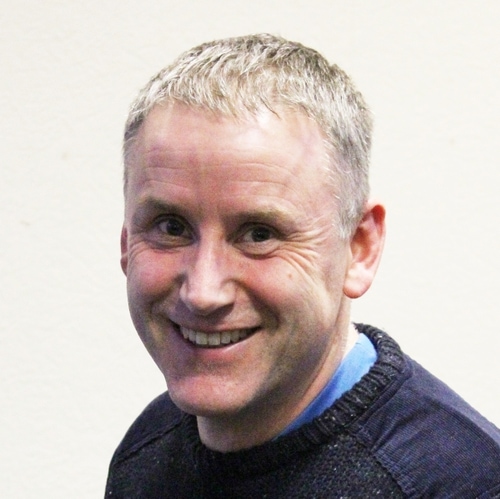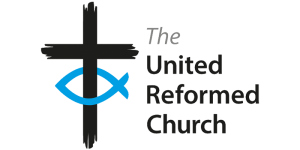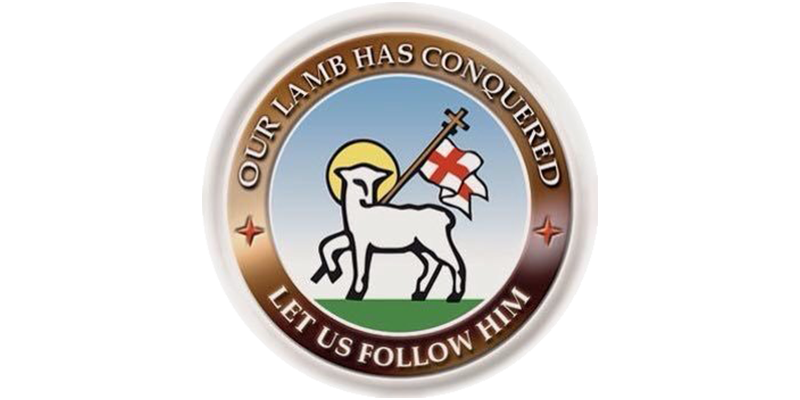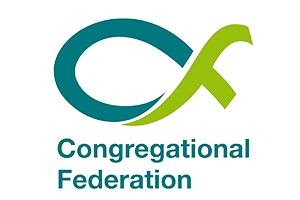Email: learningmentor@nwsynod.org.uk
I was born in Fairbanks, Alaska, just about a hundred miles from our ancestral home on the Lower Tanana River. The highest mountain in North America, Denali (Athabascan for “The Great One”) watches over the landscape of my ancestors. When White people moved into Alaska, names began to change or disappear: “Denali” became “Mount McKinley” and “Yidokodiltona” (my last traditionally named ancestor) became “Little Henry”. But it wasn’t all one way: the first White person in my family history was “christened” by my village as “Whiskey Jack” – the name he is remembered by to this day.
Better known to me than Denali’s profile is that of Eyak Mountain and Mount Eccles in Cordova, Alaska, the small fishing village of my early childhood. You probably don’t recognise the name of the first mountain, Eyak (it’s named after the tribal group I’m registered with), but you will probably recognise “Eccles” – presumably after the market town in Salford. I don’t know the history of that connection, but colonialism may have something to do with it.
That’s a little about me (and maybe us?)… as a theologian who thinks about preaching and the interpretation of texts for community, I am interested in the way we read, our process of interpreting what matters most, what we sometimes “see” and even more important what we do not see or cannot see because of our location or assumptions.
As one who teaches, I try to convey something of the heart of the gospel as it has taken hold of me and as I hope it might take hold of us in the preaching moment. We live in the stories of the Bible, or by them we know we live, and perhaps even why we live. Or the stories flow through us, sometimes like a mighty stream (Amos 5:24) or perhaps, in a season of drought, like the Cherith Brook of Elijah (1 Kings 17:2-4).
People say that I have a poetic way of writing and preaching but I also strive to be practical in my approach: in myself, I say, mystery and poetry of the preaching moment, always, but please also support us in the way to do it. Through personal narratives and then theological reflection or theological reflection with anecdotes of how it went when I tried this or how it didn’t go quite as planned when I did that… it’s like sharing a map, saying this is where I was then and that’s how I got there, or who helped me, or how, on that day, we never made it to the trig-point… but today, maybe we will.
